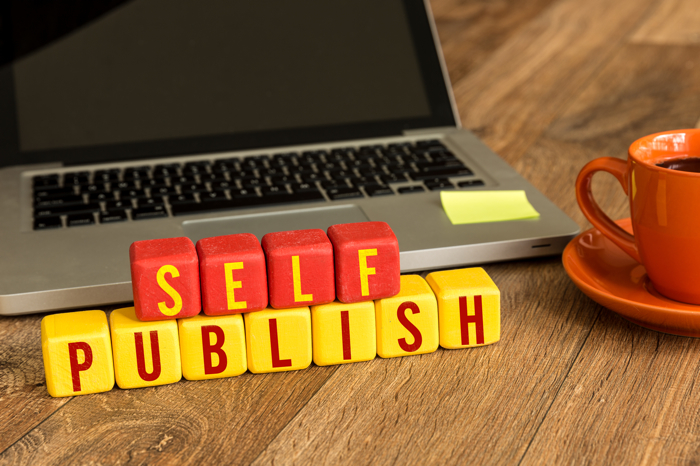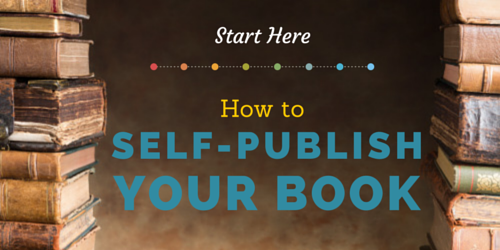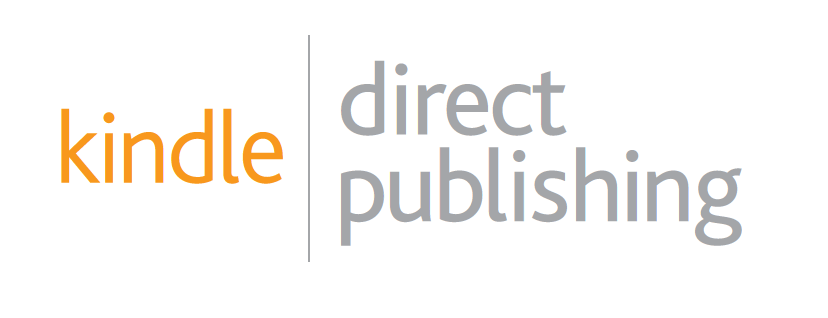By Prabhu Swaminathan
Why explore Self-Publishing in India?
There are many reasons why one could not have got a contract with a major book publishing company. The reasons are often simple – our writing would have been sub-par (My first book was also rejected by all the major publishers and I realised where the lack was when I got it professionally edited, unfortunately after the rejection mails), the publisher could have felt that our ‘unique’ story was already used millions of times, genuine lack of time in their publishing scheduling calendar, etc.
Now that doesn’t mean you can’t write – many ‘ordinary’ writers go on to sell millions of books just because they are celebrities or had the good fortune to hire a talented editor. Everyone has the right to write and the right to convert their thoughts into a book.Now the problem arises with the conversion process. How do we convert our draft copy in MS Word into a book that can be read by others, or at least, by those close to us (so they introduce us as their writer friend)?

Self-publishing is the answer. It is the second-best answer when major publishing companies have said no but some answer is better than no answer. Yes, it is not an answer we like. We would have imagined having a big brand’s name on the book’s cover, thinking that would give greater credibility to the writing than the writing itself.
What does Self-Publishing in India entail?
Self-publishing is a process where you pay money to a publisher to print your book. Some publishers may charge an additional amount for distributing the same. Whereas in traditional publishing, there are two divisions – in traditional publishing by major houses, they take care of the promotions and marketing and in traditional publishing by small time players, they would print initial sets free and if they don’t sell well, you would have to pay for additional copies and also pay for the distribution and promotion.
So unless you have a publishing contract from Rupa, Penguin, Harper Collins, Juggernaut, Bloomsbury, etc, it is more or less self-publishing for you.
Advantages of Self-Publishing
1) You can write what you want and get it printed.
2) You are not bound by the ideological/philosophical/market constraints of the publishing house.
3) You are in-charge of everything in the book, from the font size to the colour on the cover.

Self-publishing is much better than not publishing your book at all, because the editors at major houses rejected it. Self-publishing is also a second chance to get a traditional publishing contract from a major publishing house. Almost all the self-publishing successes have been acquired by a major publishing house.
Things to keep in mind while choosing a Self-Publishing company
1) Do they distribute through Amazon and Flipkart ?
2) Very few self-publishing companies have the ability to distribute in book stores across India, so don’t be disappointed if they don’t have such a network . If they guarantee such a network, then they are probably lying.
3) Get hold of some of the books they have published and check their quality. Order one or two books they have published through Amazon and see their speed of delivery. Contact some of their previously published authors and get feedback from them.
What happens when a book is published by a major traditional publishing house
1) They professionally edit the book.
2) They test the book with a few, selected readers to check the response.
3) They use their list of Amazon reviewers to give positive ratings on GoodReads and the Amazon product page.
Now when you are self-publishing, you must do all the above on your own. If your self-publishing firm also offers a marketing plan, get details of their strategy.
What you should do before Self-publishing your Book
1) Get your book professionally edited. Most editors charge between Rs. 15,000 to Rs. 20,000 for editing a 200-page book. It is worth it. I consider the money paid to editors, as the best investment in the book.
2) Get feedback from friends and colleagues.
3) Contact book reviewers through book groups and get paid feedback from them. You can get their feedback for free too. However, from my experience, they take lot of time, if they have to give feedback for free. Usually the price is between Rs. 500 and Rs. 1000. Tell the book reviewers to be honest and mention that you will consider their corrections.
4) Make a list of your potential friends, colleagues and contacts who will buy your book and review it on Amazon.
Things to know about the Traditional Publishing Route
1) Just because a book is published by a traditional publisher, it is not guaranteed that the book will become a hit. However, traditional publishing does give a book a better platform for a short duration.
2) Every traditional publisher has their own set of celebrity authors, name-wise and copies-sold wise. Therefore, their first preference in marketing, distribution and promotion is for them alone.
3) Newspapers usually review books sent by traditional publishers.
4) Traditional publishers also distribute the books to public libraries, schools and colleges. Distribution is their strength.
How to Turbo-Charge the Success of Your Self-Published Book
1) Newspapers may not review your book but do send them a sample copy.
2) Many blogs and websites review books. You can send them a copy. Some charge for reviews. Before paying them, check the website traffic/Page Likes/any other metrics.
3) Hand out free copies of the book to the libraries, schools and colleges in your cities. If the book becomes a hit in one city, it will easily spread to other cities.
4) Contact clubs at schools and colleges and request them for a chance to speak about your book.
Self-Publishing in the Social Media Era
1) Create a Facebook page.
Whether one should create a Facebook page for the book or for the author is a major issue. I created a page for my book and later turned it into an author profile, as I could use it for my second book too.
2) Amazon’s Kindle Direct Publishing (KDP) is Free
All you have to do is write a book, upload it on Amazon and send the purchase links to your friends, contacts and colleagues.

Lessons I Learnt from Self-Publishing My First Book
1) Don’t spend tons of money on creating an author/book website. You can register a domain name, set up a hosting account and use a free template for a basic website on your own, in less than Rs. 2,000.
2) You can give free copies to friends who helped you with the book, you can give free copies to those whose help you might need, you can give free copies to libraries because it is free publicity.
In other cases, sell the book. Tell your friends that you are selling the book and they can buy it. Of course, not this bluntly. But let them know you can only sell the book and cannot afford to give it free, as you have to recover the money invested.
How to handle feed-back as a Self-Published Writer
1) Don’t stop writing if someone calls you a shitty writer. Somebody called my first book verbal diarrhoea.
2) Look at the feedback objectively. How can your writing be improved?
3) Don’t spend lot of time just dreaming about becoming a celebrity writer. Dreams are needed to serve as motivation but once the dreams are done, action on the ground matters.
Evaluate the response to your Self-Published book Six Months down the line
1) Six months after the date of publication, do an honest and unbiased review of the sales and response so far. The ultimate success of a book lies in word of the mouth referral. You can make me buy a book through marketing but unless the book is good, no amount of marketing can make me refer the book to a friend. Thus, a genuine ‘referral’ process decides whether the book is a hit or not.
2) Once you are done with the evaluation, send the book again to traditional publishers summarizing the efforts and sales and reviews. If they accept your book , then you can combine your efforts and their insights and increase the reach of the book. If they don’t accept your book, then let it be and continue promoting the book on your own.
3) Start focusing on your next book and don’t drown in the success or failure of the first book.
About the Author

Prabhu Swaminathan is one book old and is trying to turn two books old in the coming days. His first book Wasted in Engineering was self-published and he primarily used social media advertising to generate sales. His areas of interests include journalism, travel and photography.
good review guide lines sir, how do you value nation publishers of chennai, is it worth publishing trough them?
Your post is clear and uncomplicated. Thanks a tonne!
Thanks a lot, Sarath!
Excellent post, clearly written, without complicating things.